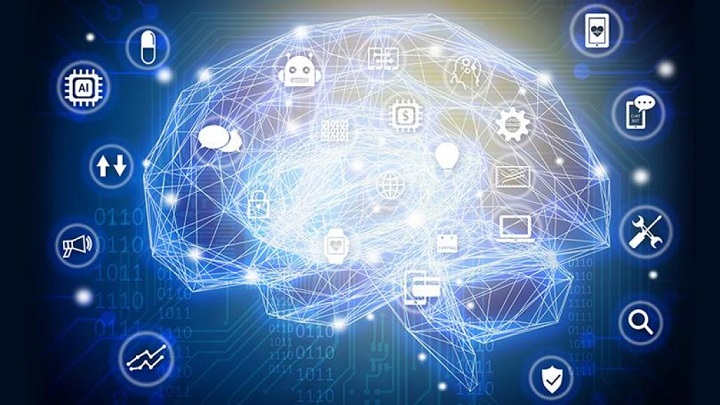While many industries are struggling amid the coronavirus pandemic, both the IT industry and the broader trend of transition to remote work have revealed many areas where traditional approaches to managing businesses create unnecessary waste. Still, data science and its subdivision – Machine Learning – reveal that such expansion is nearly limitless.
Machine Learning uses powerful algorithms to discover insights based on real-world data that can then be used to make predictions about future outcomes. As new data comes available, machine learning programs can automatically adapt and produce updated predictions. As with any tool, machine learning is not a silver bullet. However, there are many situations in which technology can outperform linear and statistical algorithms.
Here are five of the most common use cases where Machine Learning can make a big difference:
- When Engineers can’t Code Rules for Certain Problems
Many human-oriented tasks (such as recognising whether an email is spam) aren’t solvable using simple (deterministic), rule-based solutions. Because so many factors may influence an answer, engineers would have to write and frequently update billions of lines of code. In addition, when rules depend on too many factors, and when those rules overlap or need fine-tuning, it becomes difficult for humans to code precise rules. Fortunately, machine learning programs don’t require users to encode actual patterns. These programs only need proper algorithms to extract patterns automatically. - When you need to Scale a Solution to Millions of Cases
You might be able to manually categorise a few hundred payments as either fraudulent or not. However, this becomes tedious or impossible when dealing with millions of transactions. As user bases grow, it’s no longer feasible for organisations to process payments by hand – end-users today want answers about their money in milliseconds, not minutes or hours. Machine learning solutions are effective at handling these types of large-scale problems with little or no human intervention. - When you can do it manually, but it’s not Cost-Efficient
There are situations in which in-house experts could process many requests quickly and accurately but at a high cost. For instance, imagine you assess DMV forms for in-state and cross-state car purchases to determine their validity before passing them on. In this situation, the business processes are well-defined, optimised, and serialised. It may take only a few minutes to check each form thoroughly. But allocating so much manual labour to this work is likely not the best use for your budget. Machine learning, on the other hand, offers predictable, pay-as-you-go pricing for fully scaled operations. - When you have a Massive Dataset Without Obvious Patterns
Consider this – you’ve successfully prepared a well-curated dataset and know the underlying problem. However, you don’t see any explicit patterns in the data, preventing you from encoding those validations. Plus, there are many typos, missing fields, and other human-caused errors with no validation in place. You may even know the data is of poor quality and can manually determine every affected row. But you can’t see any actual connections between valid and invalid records. Machine Learning algorithms can solve this problem. They can find hidden connections between data points that aren’t clear to humans. Tools like Interpreting Tracers can even describe how machine learning models arrive at their conclusion. - When you live in an Ever-Changing Universe (Adaptive)
The world, and its problems, are always changing. A problem you solved yesterday can easily mutate into something else entirely, rendering your previous solution inefficient or even useless. For example, if your organisation processed medical appointment recordings to extract diagnoses, procedure information, and billing codes, your rules might have to evolve constantly. However, you can’t make updates in real-time 24/7.Meanwhile, incorrectly labelled items could lead to insurance rejections, huge fines, and legal penalties. One major advantage of machine learning methods is that they can learn from data across the entire lifecycle of your application – from the first line of code written to the moment when the model is finally shut down. Moreover, it’s important for production-grade systems to have feedback loops so that you can catch the moment when your model no longer solves problems correctly.
It’s important to remember that machine learning is a tool – it’s not magic. Machine learning models are essentially advanced math-based algorithms, which identify patterns in data and learn from them. However, when properly applied to the right use cases, machine learning can reduce the amount of time spent error-prone manual IT operations, adding significant business value and greatly reducing IT costs.







